6 kitchen design myths interior designers say you shouldn't believe
Have you been told you shouldn't paint wooden cabinets or that your open-plan kitchen is outdated? We've finally discovered which kitchen myths are just not true
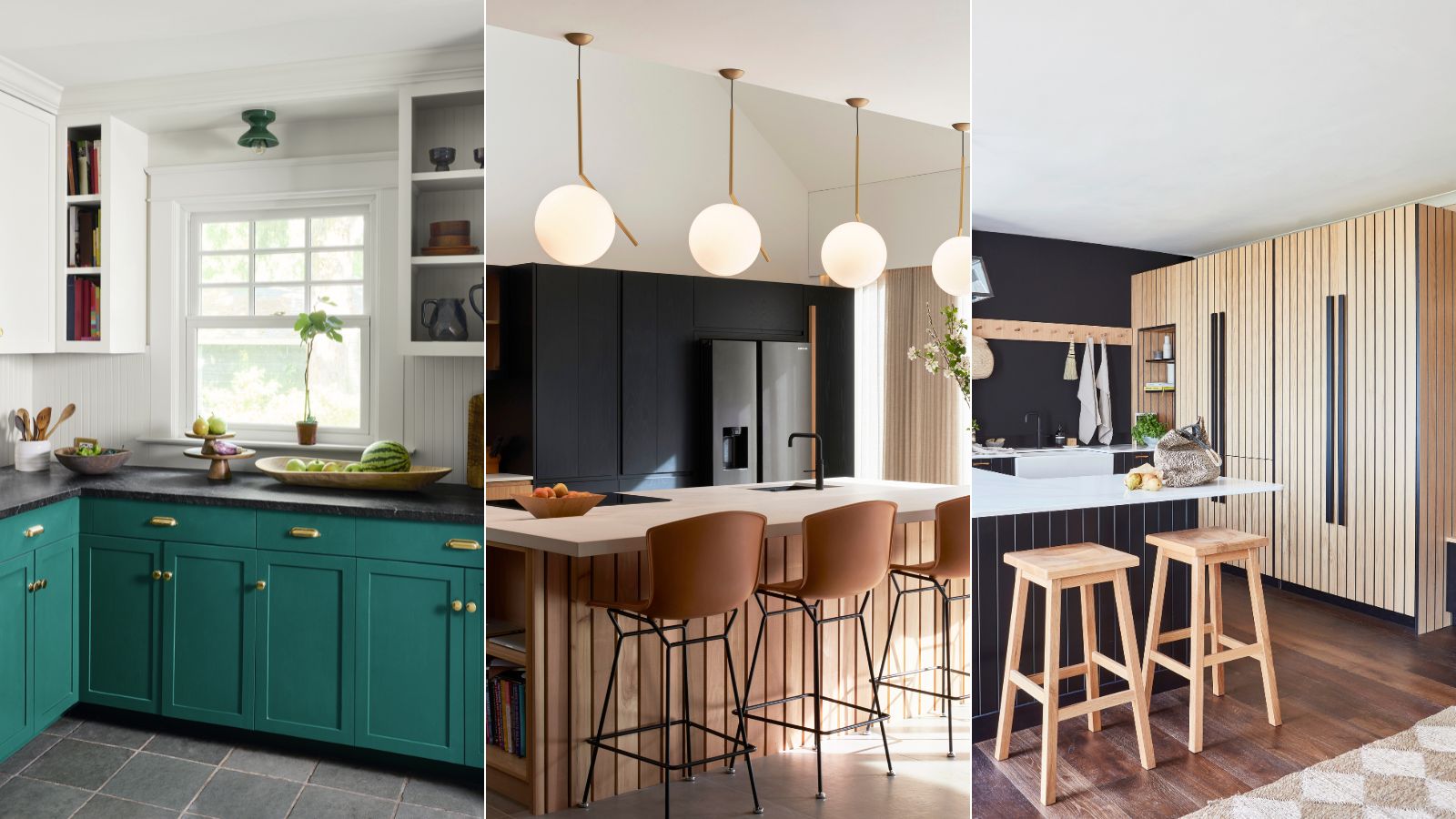

Whether you've renovated your own space or simply have a keen interest in home decor, you've probably heard a few kitchen design myths over the years that have long been assumed as true. It turns out, however, not all of them should be believed.
Designing a kitchen often comes with a lot of do's and don'ts, which means there are probably some kitchen ideas you may have decided against using based on myths that are considered fact.
So, how do you know when to believe hearsay about certain designs and when to ignore them? We've turned to interior designers to find out which kitchen design myths they say you shouldn't believe so we can all finally distinguish fact from fiction.
6 kitchen design myths you shouldn't believe
Whether it's down to kitchen trends or odd rules that have become the go-to guide, more kitchen design myths are untrue than expected. So before you start remodeling your kitchen or making any big design decisions, check you're not skirting around any false rules.
1. All kitchen cabinets should be painted the same color
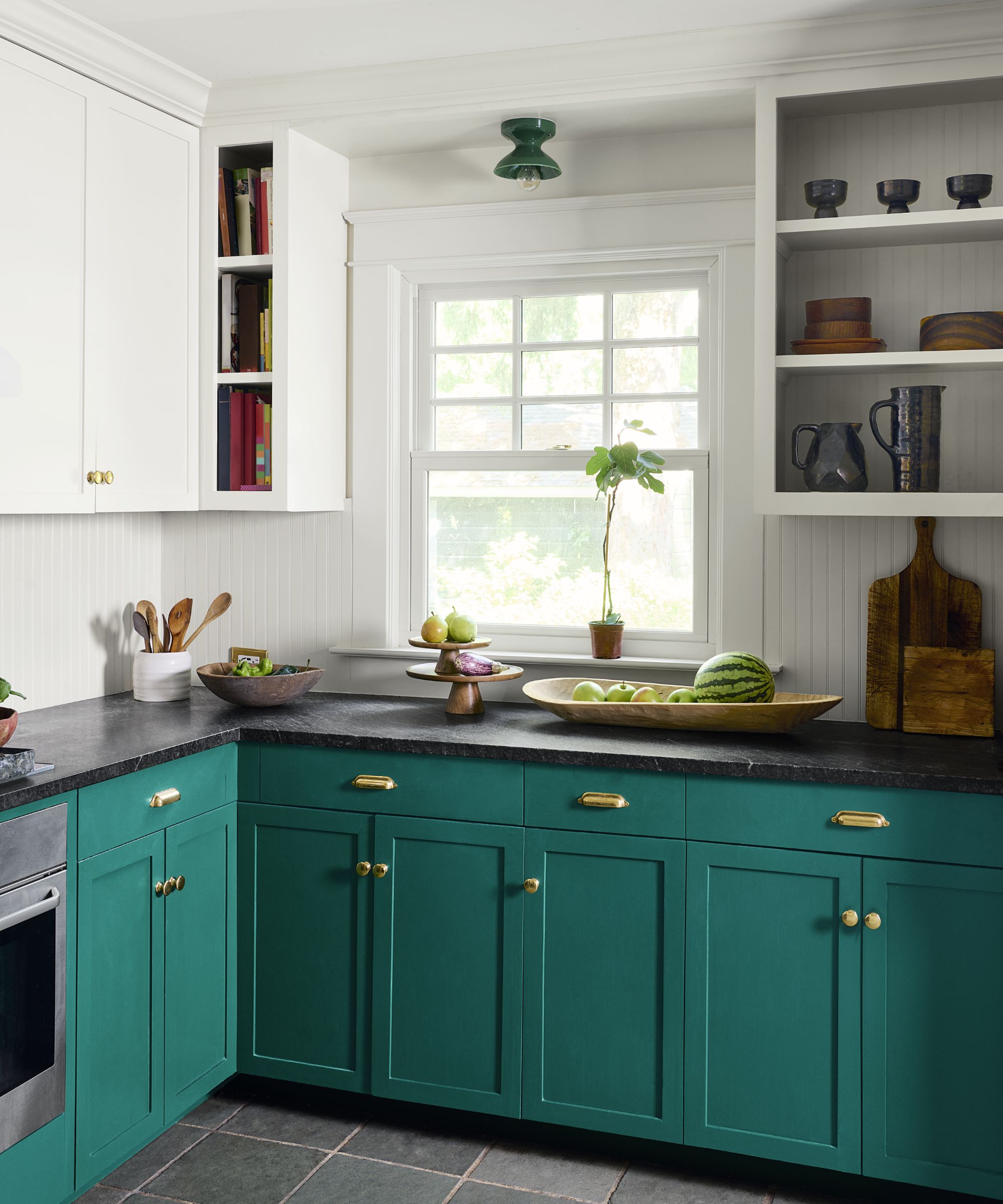
It's often considered that painting all of your kitchen cabinetry in one color is the best way to create a streamlined and cohesive scheme. And while there's nothing wrong with doing that, two-tone kitchen cabinets can be a great way to add interest and personality to your design.
'If you are hesitant to use bolder colors in your kitchen, consider painting the lower cabinets a darker or more vibrant color and use an off-white or light neutral on the upper cabinets. You want to make sure there is cohesion among the two colors, but this is a great way to bring a more subtle touch of color to the space says Arianna Barone, color marketing manager at Benjamin Moore.
'For more of a galley-style kitchen, you could also consider using a darker or more saturated hue on the kitchen cabinets on one side and a softer, more neutral color on the cabinets on the opposite wall. By painting the walls, the same color as the softer color, it blurs the lines in the space and can also help make the kitchen feel larger,' she adds.
2. Large kitchens are the most luxurious

When you think of luxury kitchen ideas, large, spacious schemes probably come to mind. And while it's often considered the most luxurious to have a huge kitchen, there are plenty of ways to elevate a space without it being oversized.
'It's a common misconception that a sprawling kitchen is the pinnacle of luxury and functionality. The truth is, that intelligent design trumps scale every time,' says interior designer Lauren Gilberthorpe.
'Thoughtful layouts, smart storage solutions, and multifunctional elements can transform even the most compact kitchens into efficient and stylish spaces. By prioritizing design over square footage, you can create a kitchen that works beautifully for your lifestyle,' she explains.
3. Natural stone is a bad choice
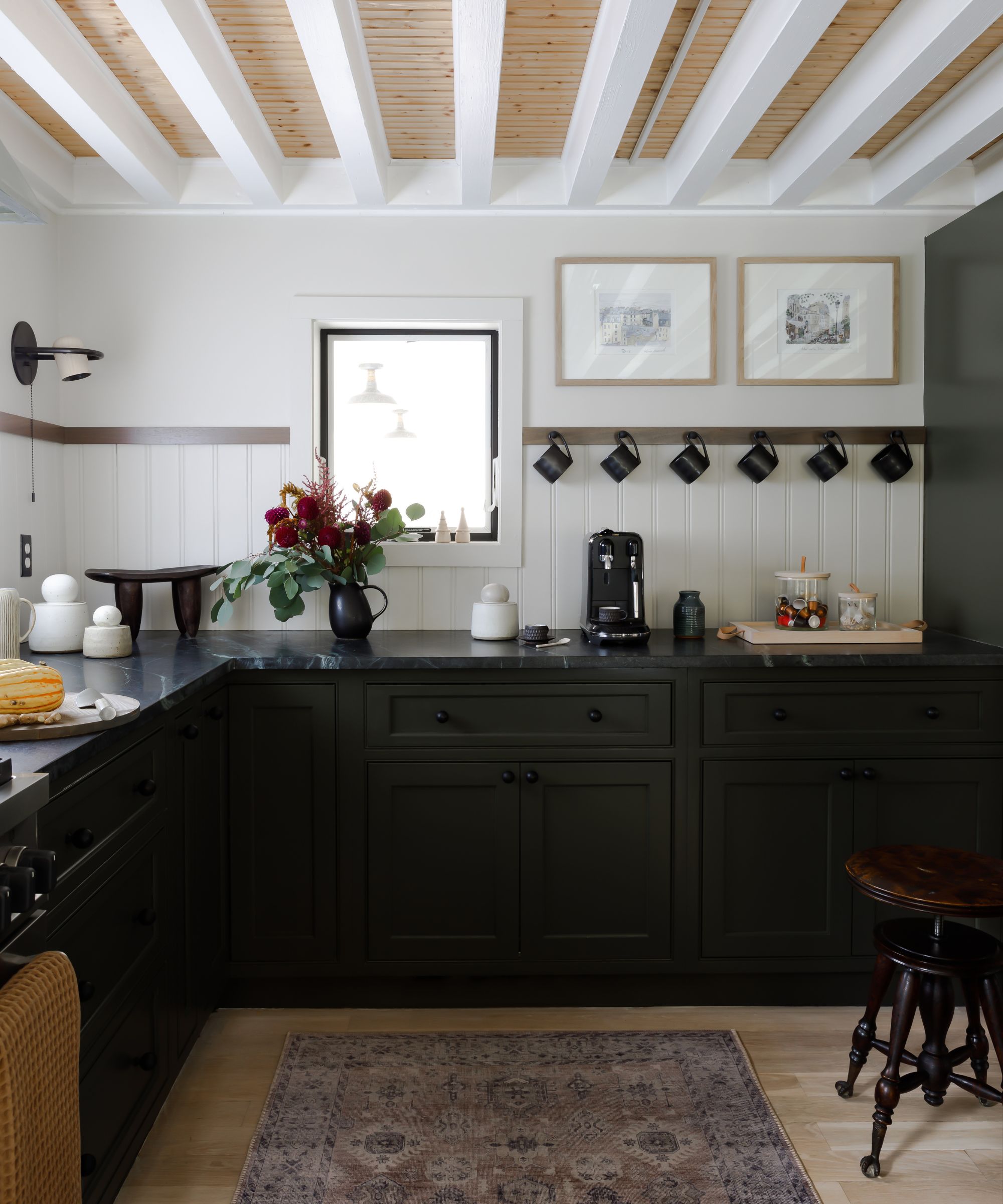
One of the main design decisions in the kitchen is the materials and finishes you introduce. And when it comes to a kitchen countertop, there's much debate about what is the most durable and aesthetic – and those that you should absolutely avoid.
'One myth I often hear is that natural stone is a disaster in a kitchen. I beg to differ. We have soapstone in our kitchen – a natural stone that is incredibly durable, beautiful, functional, and practical. You can put a steaming hot pot on it, and nothing will happen,' says interior designer Becky Shea.
'While certain marbles are more delicate, the advancements in stone sealing have come a long way. Sealers like TuffSkin protect the counter from oil and etching, making natural stone a viable option for any kitchen. If you can, go natural!'
4. The kitchen triangle is a precise design
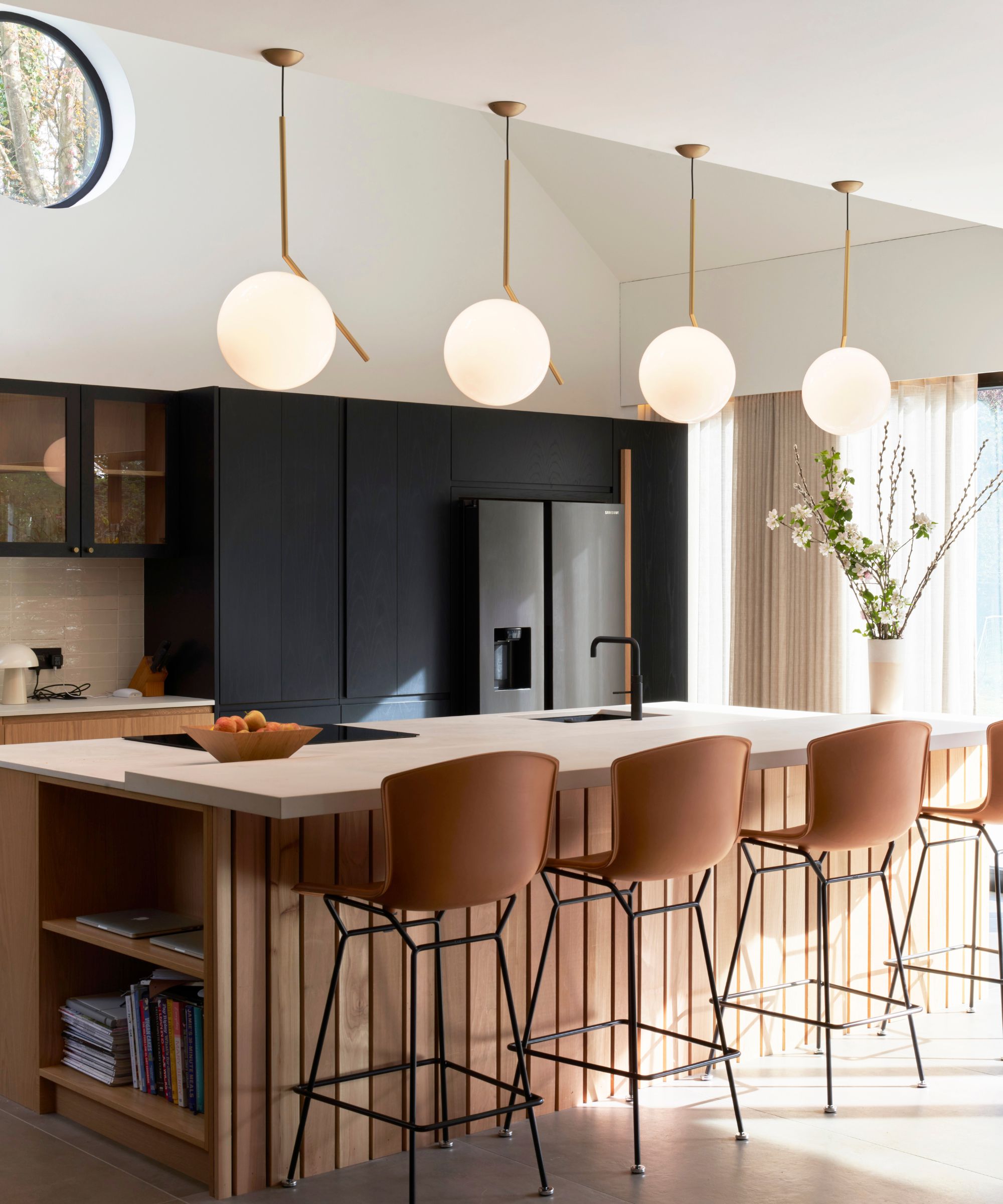
When it comes to kitchen layout ideas, there is one that always seems to reign supreme for a space that balances style and function. The kitchen triangle is a go-to for designers and homeowners alike, but is it really a layout that needs to be carefully measured out, or has it just been over-complicated?
'We do hear a lot about the kitchen triangle as if it is a millimeter precision calculated formula that has to be adhered to. In all honesty, this is common sense in terms of careful planning the design of the kitchen,' says Jayne Everett, creative designer at Naked Kitchens.
'However, the flow has to work practically for you and your space. And a properly designed kitchen has to be thought through to ensure when it's being put into action certain appliances are grouped or positioned close by,' she adds.
5. Open plan kitchens are outdated
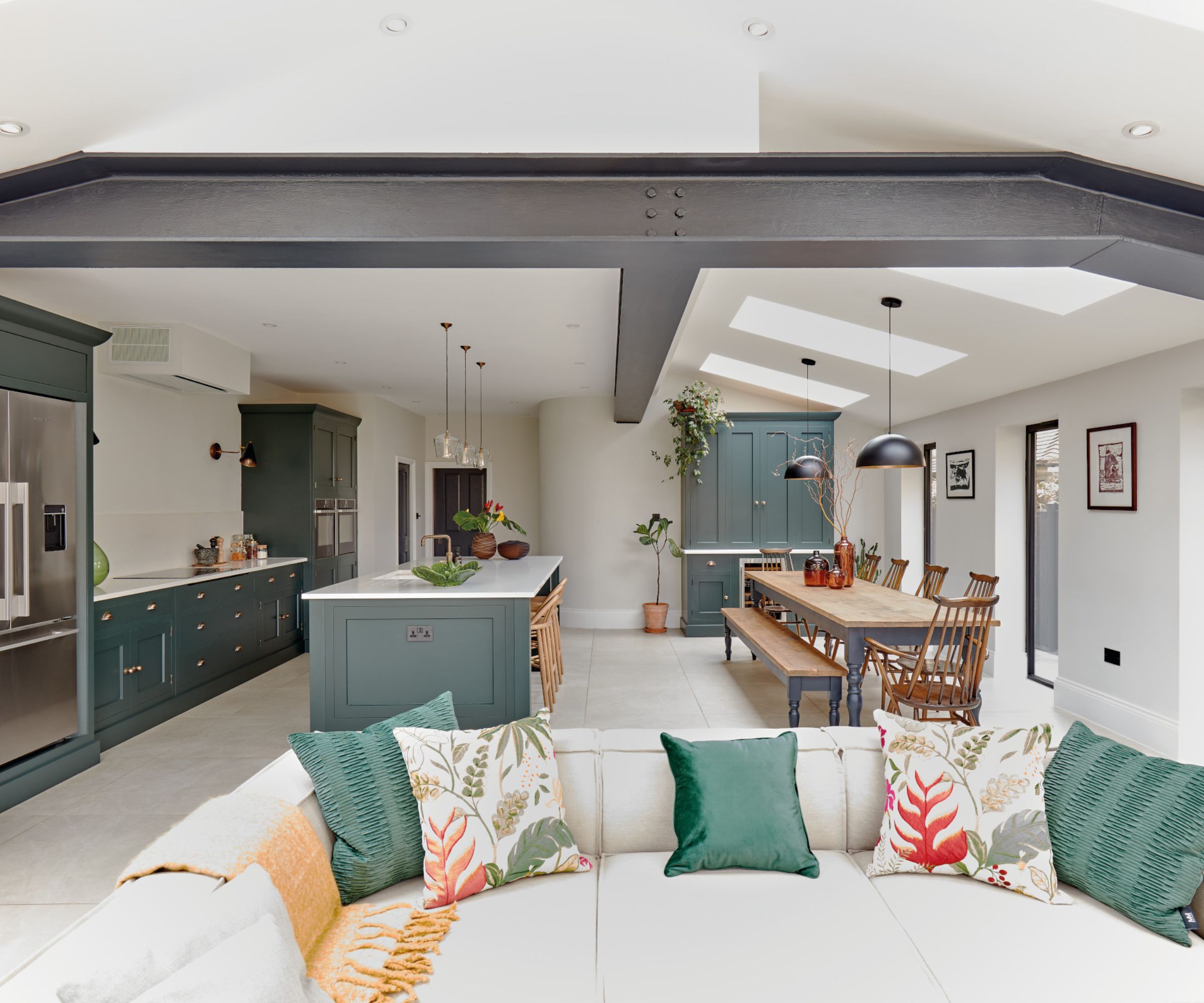
Open-plan living has long been a desired layout in homes, but in recent years, the idea of a broken plan (or just separate rooms for the kitchen and living room) have increased in popularity. The desire for separation saw many suggesting that open-plan concepts were a dated idea of the past, but it seems to be another kitchen design myth that needs to be busted.
'Whilst during Covid we saw an increasing interest in broken-plan kitchen layouts – featuring more clearly defined zones offering more privacy – open-plan is still very much a trend and something that our clients continue to request,' says kitchen designer Tom Howley.
'Open-plan kitchen layouts provide larger spaces for families and friends to get together and be sociable, so the kitchen living space truly becomes the heart of the home. Furthermore, by removing walls that would have acted like a barrier, the natural light from your windows and rooflights can spread to more of your home, creating a brighter and airier space,' he adds.
6. You shouldn't paint wooden cabinets
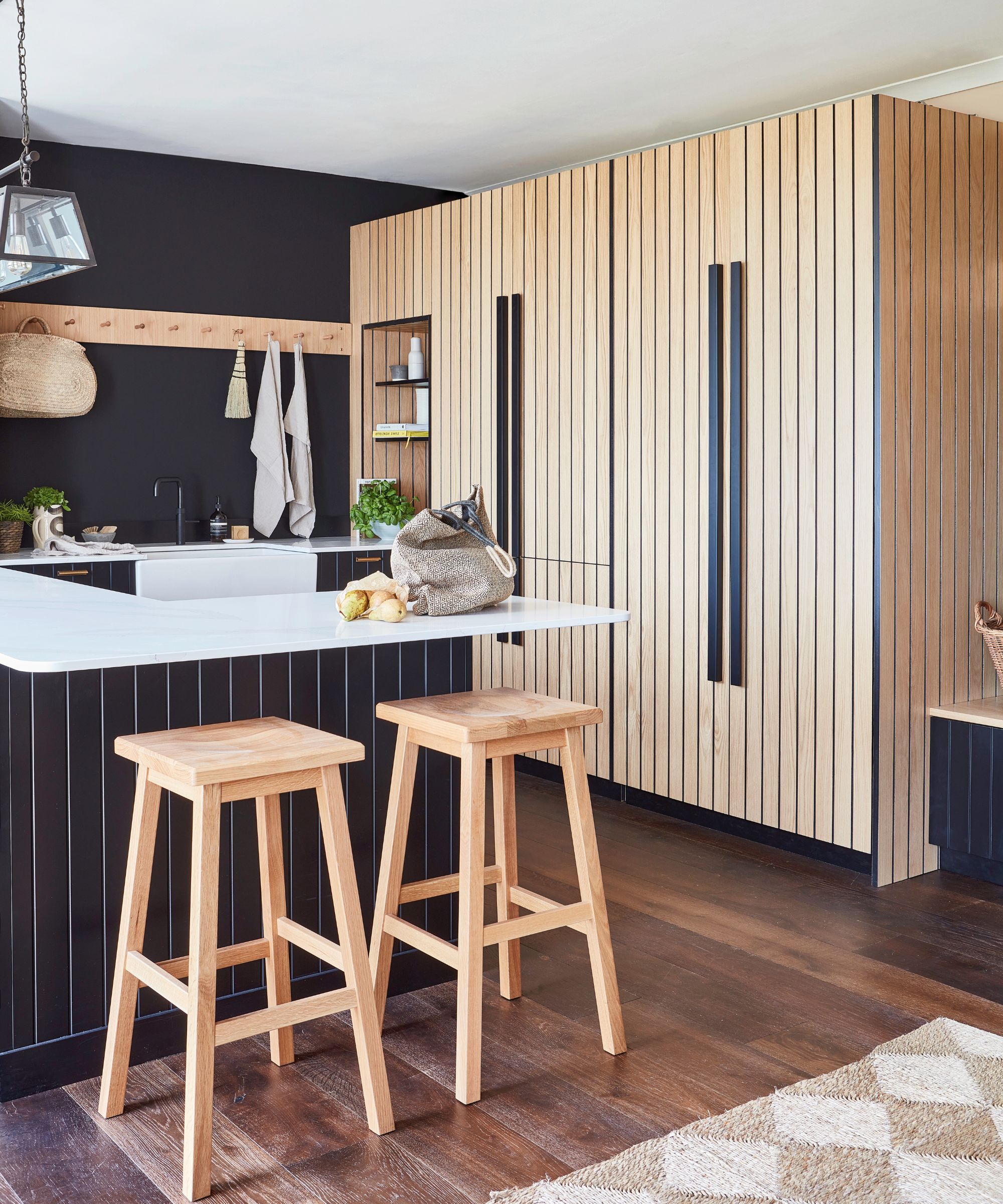
There's always been a slightly odd misconception that if you have wood kitchen cabinets, you shouldn't paint over them. But when it comes to curating a kitchen you love, Arianna says there's no reason you shouldn't paint them if it's going to elevate the design.
'Your home should reflect who you are. It should be in your personal preferences and style; it should make you happy. If you hate the color of your kitchen cabinets, consider painting them,' she says.
'Kitchen cabinets are a great place to bring in a bolder color as an accent and focal point in the space. Since cabinets often take up the majority of the walls in a kitchen, painting them is a great way to bring an entirely different mood to the room,' she adds.
If you're on the fence about whether or not to paint all of your wooden kitchen cabinets, opting to paint just a few can create a lovely balance. In this kitchen, full-length wood wall cabinets have been left natural, while the kitchen island and lower cabinetry have all been painted black.
It turns out that many common beliefs about kitchen design are untrue. So, whether you're about to start a kitchen renovation or simply want to make some simple updates with paints, make sure you don't fall for any of these myths.
Sign up to the Homes & Gardens newsletter
Design expertise in your inbox – from inspiring decorating ideas and beautiful celebrity homes to practical gardening advice and shopping round-ups.

I’ve worked in the interiors magazine industry for the past five years and joined Homes & Gardens at the beginning of 2024 as the Kitchens & Bathrooms editor. While I love every part of interior design, kitchens and bathrooms are some of the most exciting to design, conceptualize, and write about. There are so many trends, materials, colors, and playful decor elements to explore and experiment with.
-
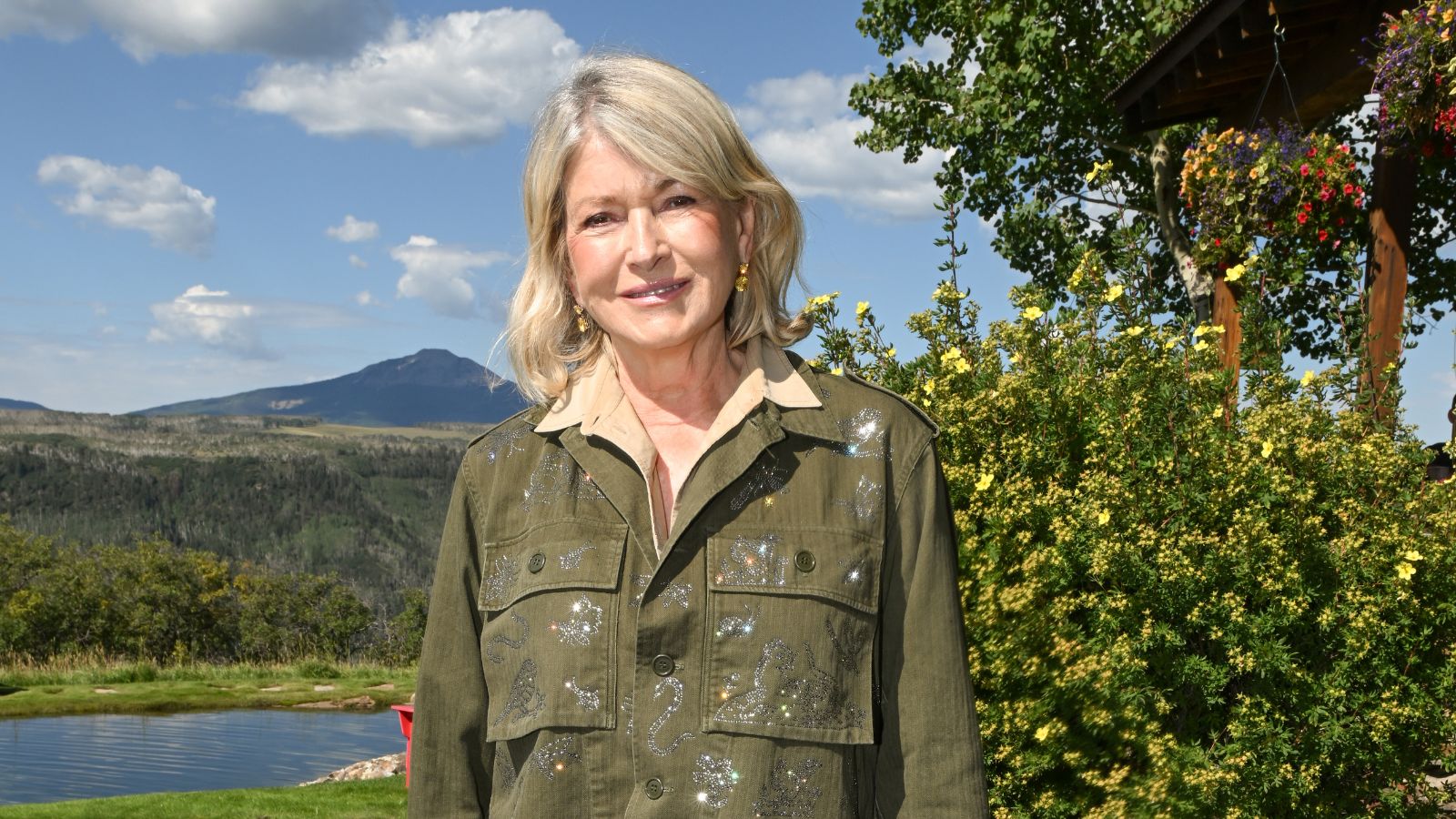 Martha Stewart used this vintage-style pan to make cute bunny cakes for Easter – it's a real heirloom piece (and only $40 now)
Martha Stewart used this vintage-style pan to make cute bunny cakes for Easter – it's a real heirloom piece (and only $40 now)It's not Easter without bunny-themed baked goods, and Martha set a precedent with a novel cake pan – it's American-made and has exceptional durability
By Megan Slack
-
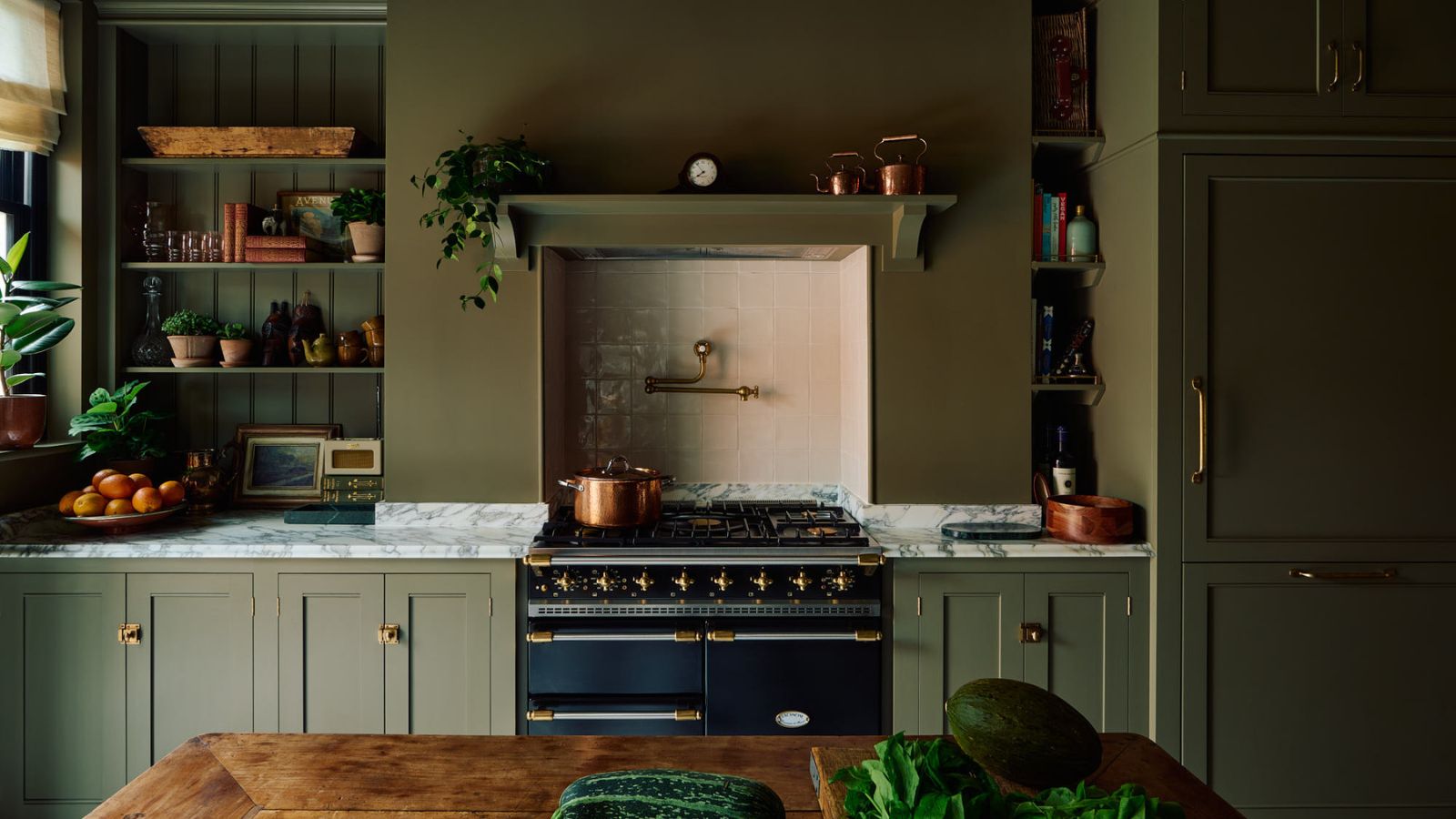 5 range alcove ideas that turn this awkward feature into the heart of your kitchen
5 range alcove ideas that turn this awkward feature into the heart of your kitchenThese ideas are the perfect way to make a feature of awkward kitchen spaces
By Molly Malsom